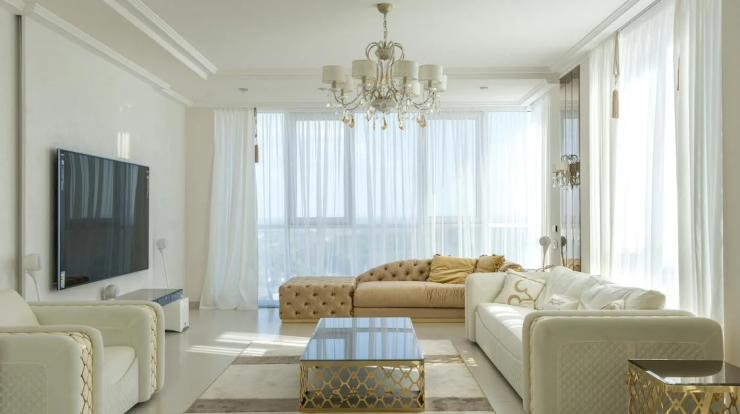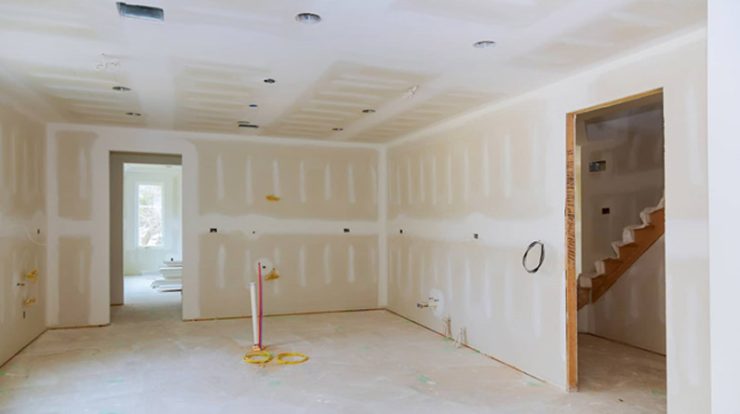![The 7 Important Principles of Interior Design [and How to Use it in YOUR Space]](https://limepret.com/wp-content/uploads/2023/05/The-7-Important-Principles-of-Interior-Design-and-How-to-Use-it-in-YOUR-Space-740x414.jpg)
Smart interior design is vital no matter the building you’re working with. Often, space is a challenge and using natural light to cut on the utility bill is the new norm. For large projects, the use of elegant hotel furniture provides more space for guests. But do you know how to bring important elements together in your personal or commercial space?
Whether you’re making minor changes to your room or looking for an entire apartment fit out, acquiring the help of an interior designer can bring new insights and transform your old outdated space. Understanding the basic elements of interior design can help you help your designer, because you’ll have a better idea of what works and you’ll be empowered to communicate your needs and ideas.
The 7 Principles of Interior Design
Interior design is the art and science of designing a building’s interior to create more living space and add character for the people using that specific space. It can help create a healthier environment using greenery, natural light and vibrant yet stylish colours.
Certain standards, known as principles, were created to help interior designers accomplish the perfect design. Here are some of the principles you can implement.
Detail of Decor
One of the key traits of quality interior designers is their attention to detail—this is why you probably need one. The combination of the details of various items such as the pattern on your cushion or the colour of your accessories can make a drastic difference to your interior.
Emphasis Demands Attention
The principle of emphasis is having a focal point that immediately draws your attention when you enter a room. This could be a piece of art, a colourful item such as a throw, or perhaps a fireplace. There are numerous ways to insert emphasis into a room, but the purpose of it remains to draw attention.
Unity & Style
Using colour flow and furniture or décor pieces is an ideal way to unify your space. Apart from using design to create unity in a single room—such as having two identical washbasins in the bathroom—unity can also be created across two rooms, while still giving each their own identity. This results in consistency across a home or office space.
Smart design uses colour and style to create cohesion, yet still have uniqueness in each separate space.
Contrast & Colour
Contrast is one of the most powerful principles of interior design. It’s the perfect way to add intrigue to a design without being too bold. Contrast is created when a darker colour is combined with lighter shades of the same colour. This maintains stylishness since you’re not making the space too colourful.
Other ways to achieve the perfect contrast are through different shapes, textures and materials.
Scale & Proportion
It’s important to keep proportion throughout your design. The perfect balance is achieved when you group certain colours, sizes, and textures together. The size of your furniture in proportion to your room dimensions is crucial too. A room with a higher ceiling will benefit from bulkier furniture pieces, while a smaller room will benefit from more elegant and petite items.
Rhythm
Fortunately, there are endless ways to set rhythm in your design, and it’s the best way to enhance space. Rhythm is created when you choose a certain decorative design and repeat the style in different ways. For example:
- Use the same countertops or cabinetry design throughout the house.
- Pick out the same furniture styles for different rooms.
- Replicate the types and tones of materials used.
Balance
Balance is achieved when you have stability without being mundane and predictable. There are three different types of balances and the one you choose would depend on your personal preference and style.
- Radial balance: this requires having a centrepiece that demands attention and having other items that are spaced around it evenly.
- Symmetrical balance: here is a design approach we are all familiar with. Think about a bedroom with two of the same kind of bed lamps or ornaments on either side of the bed creating a mirror effect.
- Asymmetrical balance: use this modern approach to create more flexibility, so you can be more creative and introduce different styles and colours, yet still maintain balance in the design.
Discuss the different approaches with your designer and work together to create a look that suits your taste.
Summary
Having a better understanding of what is standard in the interior design world can help you enhance your space to the best of your ability—especially if you implement it with the help of experts. The interior industry offers endless possibilities to experiment and get your creative juices flowing. Remember to think outside the box with colours, shapes, and styles.
A good combination of the above, furniture pieces that suit your building style, and good attention to detail will provide you with a spacious yet elegant space. You’ll capture the attention of anyone entering the room and smart design can even offer you a healthier living environment.






